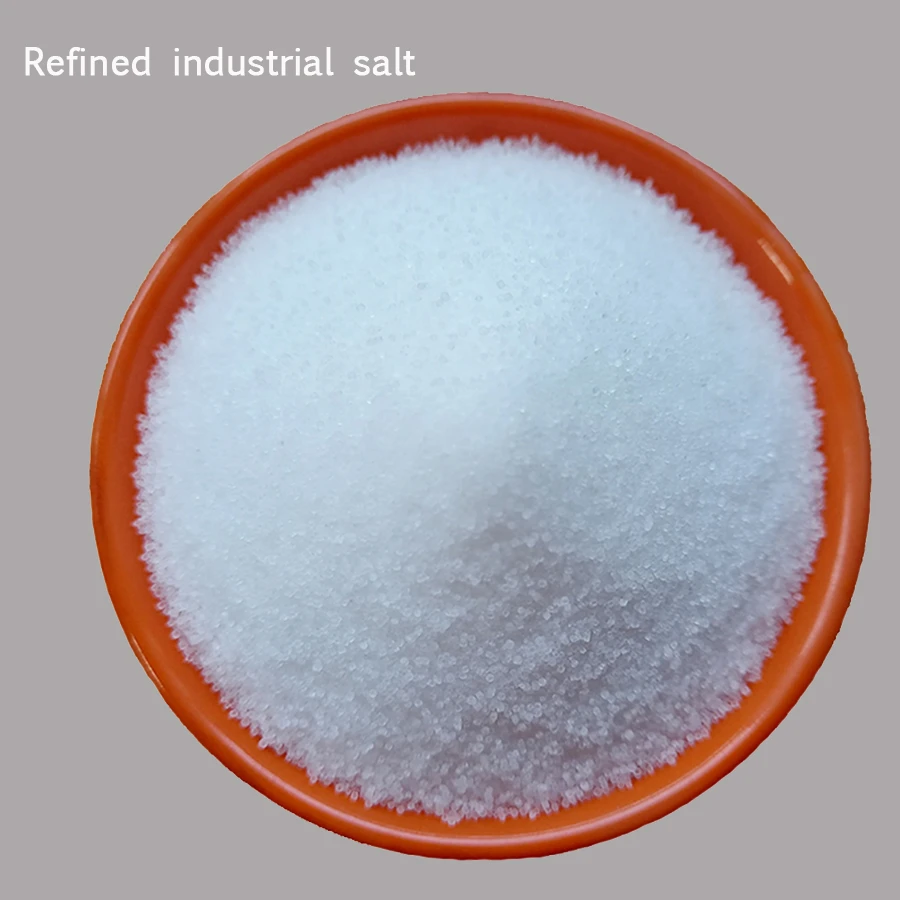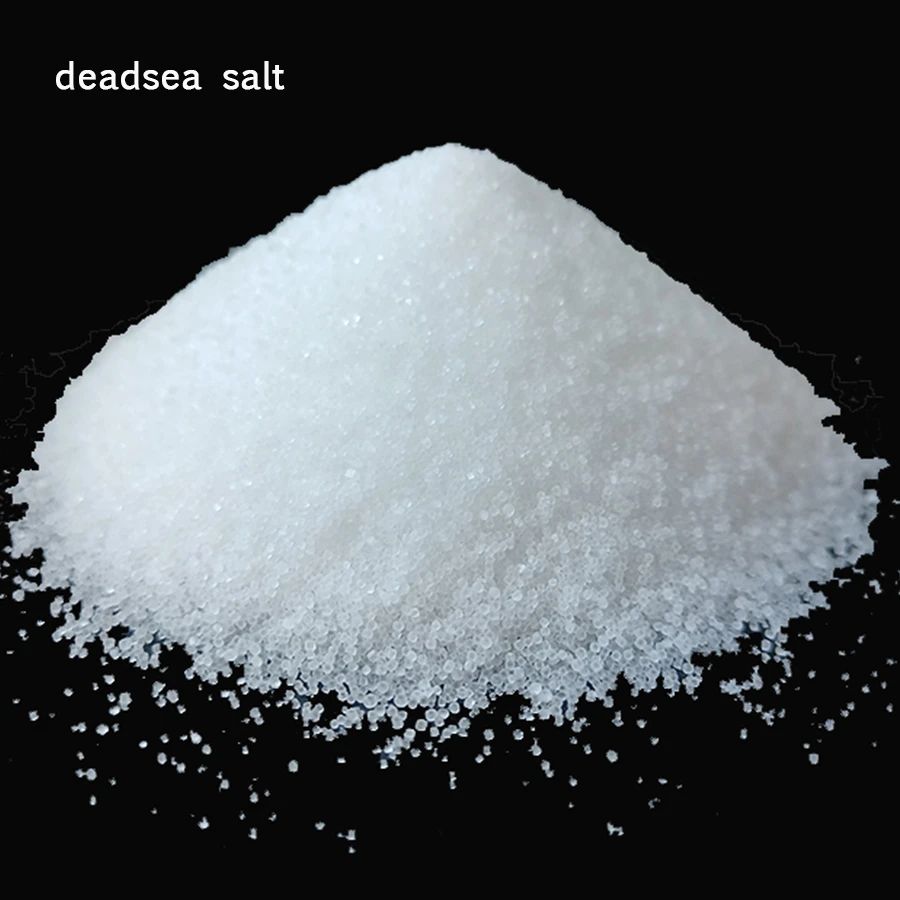
- Afrikaans
- Albanian
- Arabic
- Belarusian
- Bengali
- Czech
- Danish
- Dutch
- English
- Finnish
- French
- Galician
- German
- Greek
- Hebrew
- Hungarian
- Indonesian
- irish
- Italian
- Japanese
- Javanese
- kazakh
- Khmer
- Rwandese
- Korean
- Kyrgyz
- Lao
- Latin
- Latvian
- Lithuanian
- Malay
- Maltese
- Mongolian
- Myanmar
- Norwegian
- Persian
- Polish
- Portuguese
- Romanian
- Russian
- Serbian
- Slovak
- Spanish
- Swedish
- Tagalog
- Thai
- Turkish
- Ukrainian
- Vietnamese
- Welsh
Salt
Himalayan salt, often regarded as one of the purest forms of salt, is mined from ancient salt deposits found in the Khewra Salt Mine in the Himalayan region. This mineral-rich salt contains over 80 trace minerals, including magnesium, potassium, and calcium, which contribute to its distinctive pink color and health benefits. Due to its natural formation and unrefined nature, Himalayan salt is favored in both culinary and therapeutic applications, providing not only flavor enhancement but also a range of wellness benefits.In the kitchen, Himalayan salt is widely used as a healthier alternative to regular table salt. Its rich mineral content provides a distinct taste, while its lower sodium levels can help individuals maintain a balanced diet. It is also used in various culinary tools, such as salt blocks for grilling, cooking, and serving. Beyond food, Himalayan salt is highly valued in spa and wellness treatments, where it is used in salt lamps, bath soaks, and exfoliating scrubs due to its natural detoxifying and soothing properties.Himalayan salt is also considered eco-friendly, as its mining process is more sustainable compared to industrial salt production methods. With its versatility and numerous benefits, Himalayan salt has become a global favorite for both health-conscious individuals and culinary professionals alike.

Rich Mineral Content
Himalayan salt contains over 80 trace minerals that support health and wellness, making it a more nutritious alternative to regular salt.

Culinary Versatility
Used in cooking, grilling, and serving, Himalayan salt enhances flavor while offering a natural, mineral-rich alternative to conventional table salt.

Health Benefits
Himalayan salt supports various wellness treatments, including detoxification, relaxation, and skin rejuvenation, making it a key ingredient in spa products.

Eco-Friendly
Mined sustainably with minimal environmental impact, Himalayan salt is a natural and environmentally conscious choice for health and culinary applications.
Related News



















